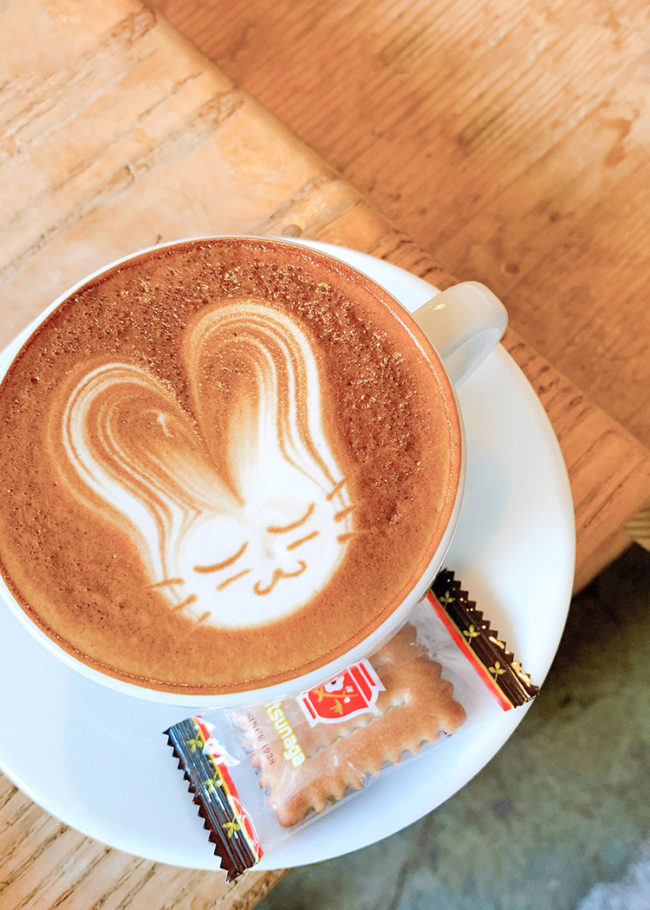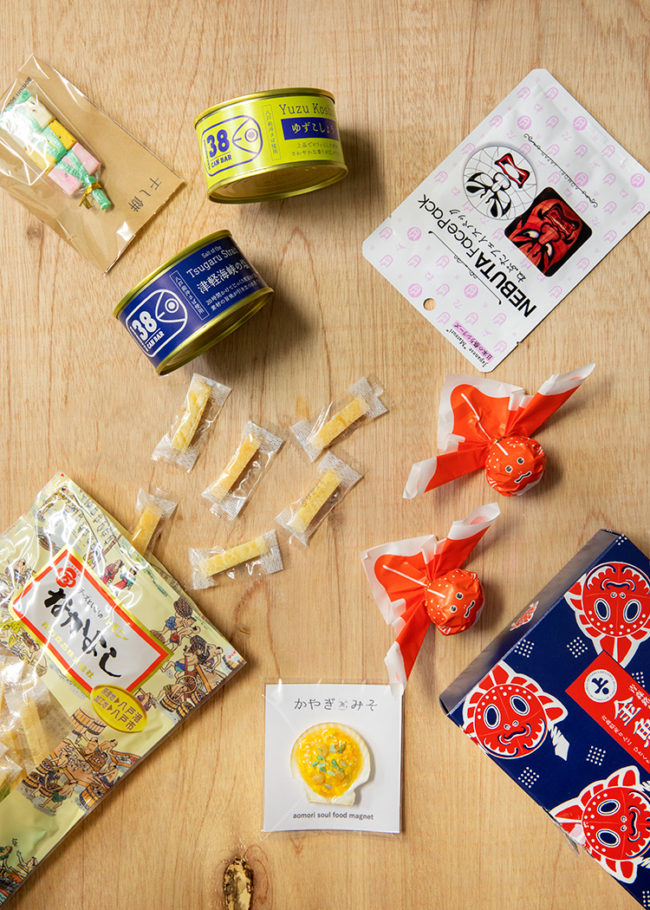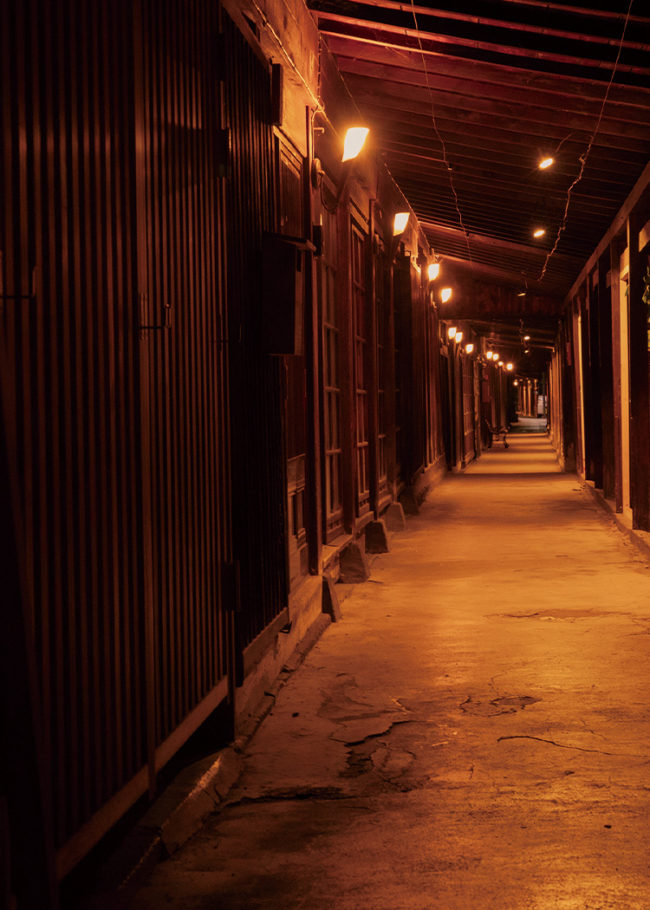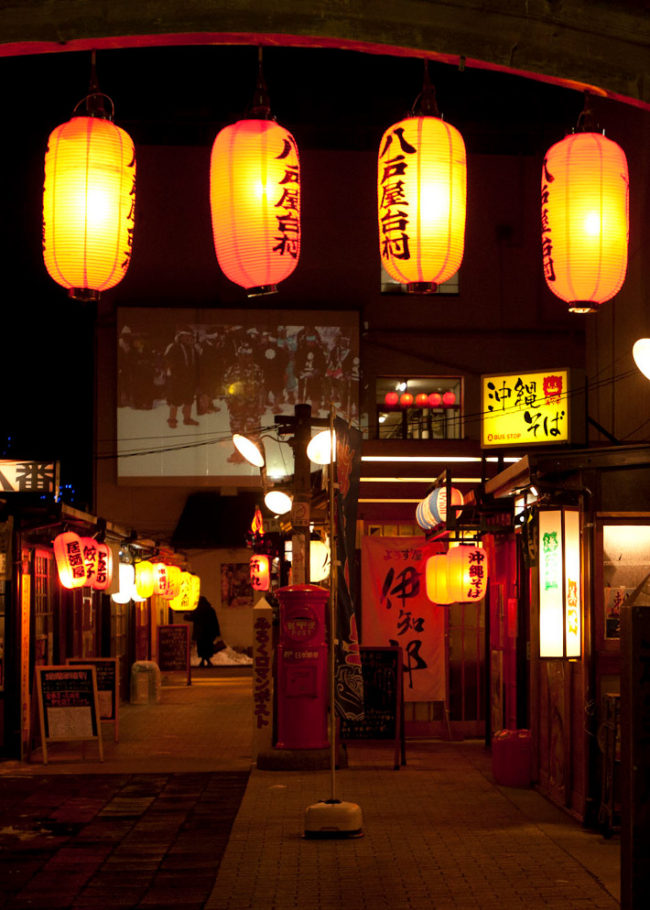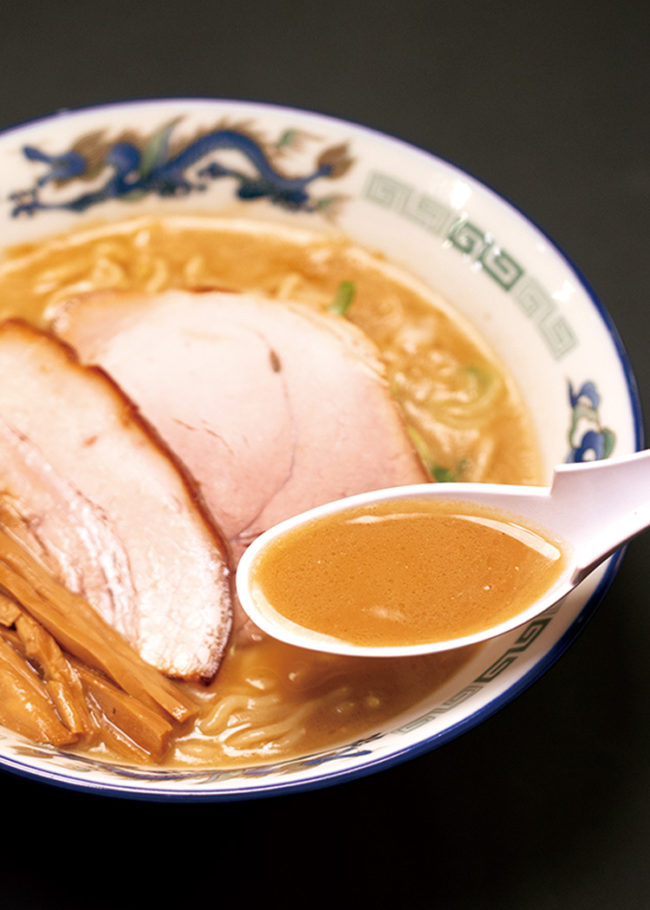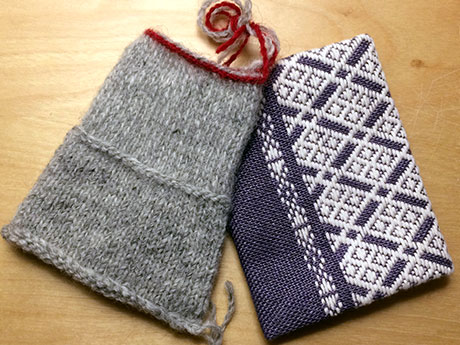
Gothenburg University student dissertation on the theme of "Tsugaru and Swedish traditional handicrafts"
On August 22, Ms. Sayo Goto, who is currently studying at Gothenburg University in Sweden, published a paper on the theme of Tsugaru kogin sashimi and Swedish double knitting.
Tsugaru kogin sashimi is a traditional sashiko technique that has been handed down in the Tsugaru region since the Edo period, and it was born as part of measures to prevent the cold because it was possible to sew geometric patterns and wear cotton cloth at that time. Swedish double knitting "Tvaands stickning" is translated into "Twined knitting" or "Two end knitting" in the English translation, which is a traditional handicraft technique.
Goto says, "I wanted to introduce Tsugaru kogin sashimi, which is not well known in Sweden, and double knitting, which is not well known in Japan."
Goto is from Aichi and moved to Sweden in 2000. It is said that he began to learn handicraft in earnest after the Great East Japan Earthquake. "I was frustrated that I couldn't do anything. I learned about the news that Iceland's ropis sweater was sent from Iceland to the disaster area and the project called "Kesennuma Knitting" started, I was impressed by the warmth," says Goto.
Currently, he has a degree in the Bachelor's degree program “Ledarskap i slojd och kulturhantverk (Leadership in Handicrafts and Cultural Crafts)” from the University of Gothenburg, and has a “Hemslojdskonsulent” qualification while continuing his/her studies and getting a job. I am engaged in activities.
Regarding his paper, Mr. Goto said, “I learned about Tsugaru kogin sashimi while studying Japanese handicrafts. The traditional pattern used in Swedish double knitting is very similar to the Tsugaru kogin sashimi geometric pattern. ``It was very interesting because it was similar and both were reported only in some areas, and there was a common history that the technology was developed for the purpose of making fabrics durable and preventing cold,'' he said. ..
Mr. Goto, who said that he did a questionnaire survey to craftsmen and writers in both countries when writing, "At the craftsman and writer level, both have a lot in common in the sense of handicraft and recognize that technology will be passed on to the next generation It was the same, but in terms of intangible cultural heritage and cultural conservation, I felt that the way of thinking was different at the national level."
Mr. Goto said, "I was happy that a Japanese person called Yanomieko taught Japanese knitting in Sweden, and there were also Swedish people who professed to be inspired by Tsugaru kogin sashimi. Only Japanese handicrafts were made. It is also very popular in Europe, and I hope that cultural exchanges will spread through handicrafts in the future."
"Unfortunately there was no connection in Aomori, but by taking up Tsugaru kogin sashimi, I got the opportunity to get to know many people such as craftsmen. Everyone is truly warm and cooperation is unique to Aomori. Aomori's charm is that there are many other crafts such as vine vine work and Tsugaru lacquer work besides Tsugaru kogin sashimi.
Mr. Goto's paper is currently stored in the Gothenburg University Electronic Publication Archive.










